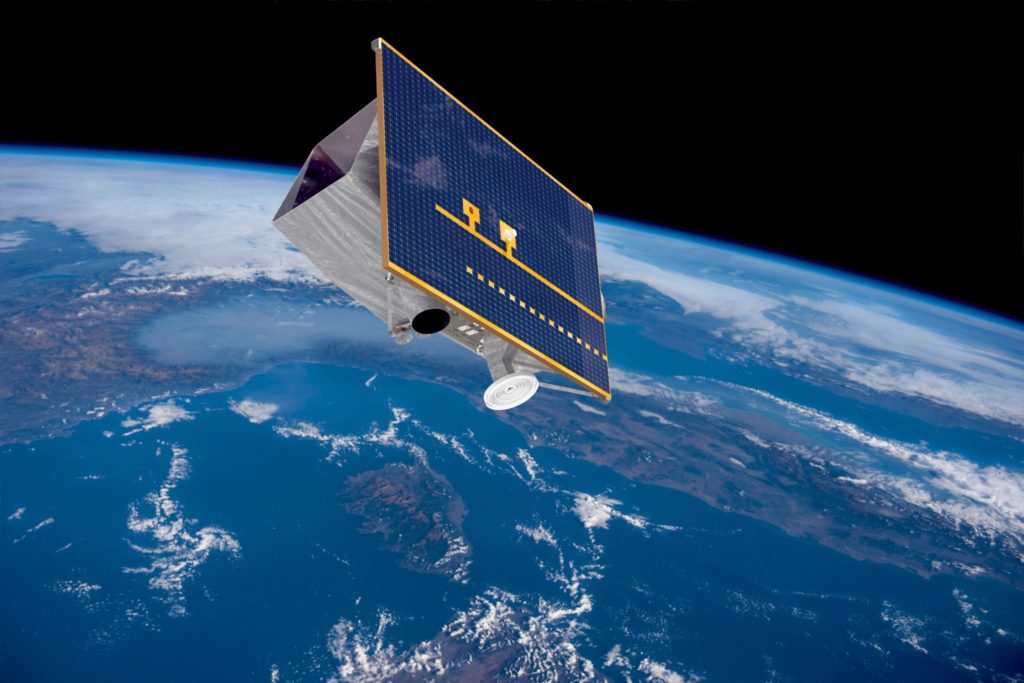Unlike other satellites, PRISMA can read the chemical composition of ground and water based on light refraction.
—
The first images captured by PRISMA Earth observation satellite of the Italian Space Agency (ASI) reveal the quality of water in various lakes in Italy. PRISMA mapped the lakes measuring the Nephelometric Turbidity Unit (NTU) of the waters, which assessed to be varying in different areas.
What is PRISMA?
Launched in orbit on March 22 this year with a powerful hyperspectral optical sensor, PRISMA is a first-of-its-kind earth observation tool designed to provide information about environmental monitoring, natural resource management, pollution, and crop health.
Mapping Lake Trasimeno, the largest lake in Central Italy, PRISMA inferred that the waters are generally less turbid in the south-eastern bay, where communities of aquatic macrophytes thrive on a large scale. Macrophytes have the ability to limit resuspension of bottom sediments in a waterbody.
Italian National Research Council (CNR-Irea) officials stated that further data processing would reveal in-depth details about the terrestrial ecosystem of Italy and other parts of Europe.
PRISMA operates in a Sun-synchronous orbit, which enables it to circle the Earth in such a way that the Sun is always in the same position as the satellite takes pictures of the planet below.
From its orbit, at about 620 kilometers of altitude, PRISMA (an Italian acronym for Hyperspectral Precursor of the Application Mission) observes the Earth on a global scale with different eyes. It includes a medium resolution camera that can view across all visual wavelengths and a hyperspectral imager that can capture a wider range of wavelengths between 400 and 2500 nanometers.
You might also like: How Airlines are Adopting Carbon Offsetting

“It will be able to offer an unprecedented contribution to the observation of natural resources from space and to the study of main environmental processes,” said an official release from the Italian Space Agency. “It studies the interactions between atmosphere, biosphere, and hydrosphere. It also tracks environmental and climate changes on a global level; the aftermath of anthropic activities on ecosystems.”
Why is PRISMA important?
PRISMA is able to provide valuable information to support the prevention of natural hazards like floods and man-made quandaries like soil pollution. It can also monitor fixed objects and protected areas of cultural or environmental significance, aids actions to humanitarian crises, and explores mineral resources.
“Unlike the passive satellite sensors currently operating, which record the solar radiation reflected by our planet in a limited number of spectral bands, PRISMA will be able to acquire 240 spectral bands,” said the ISA statement. “This will help us to refine our knowledge concerning natural resources and climate change.”
PRISMA was developed by a consortium led by OHB Italy and Leonardo.


















